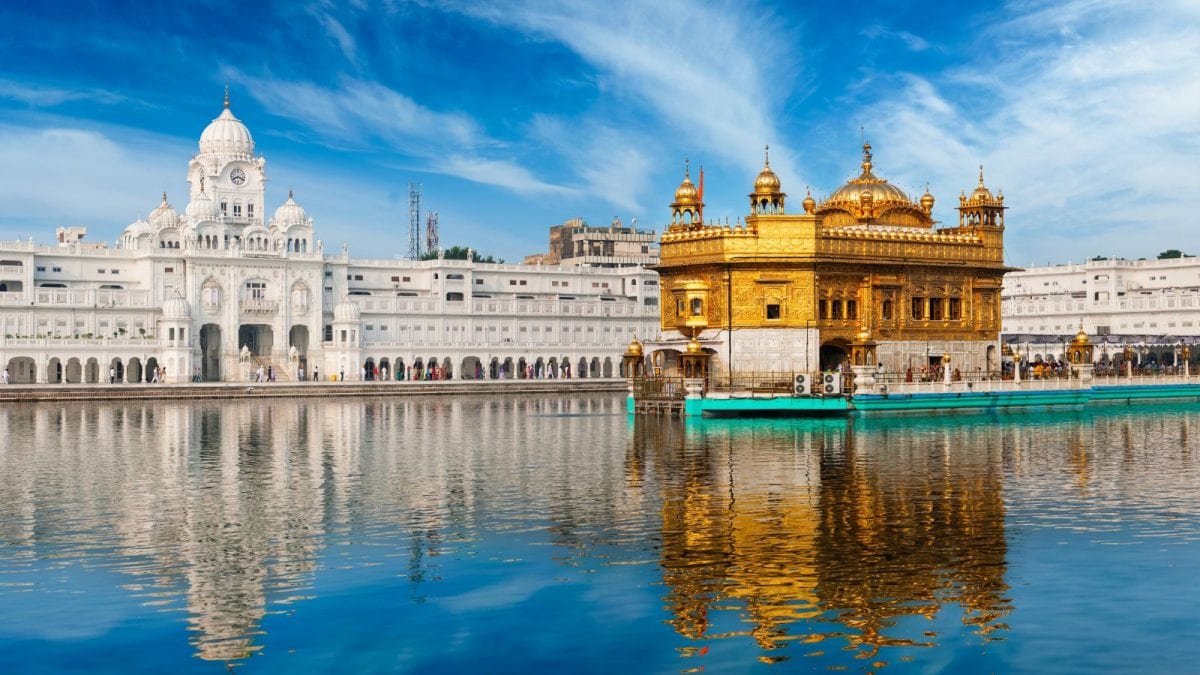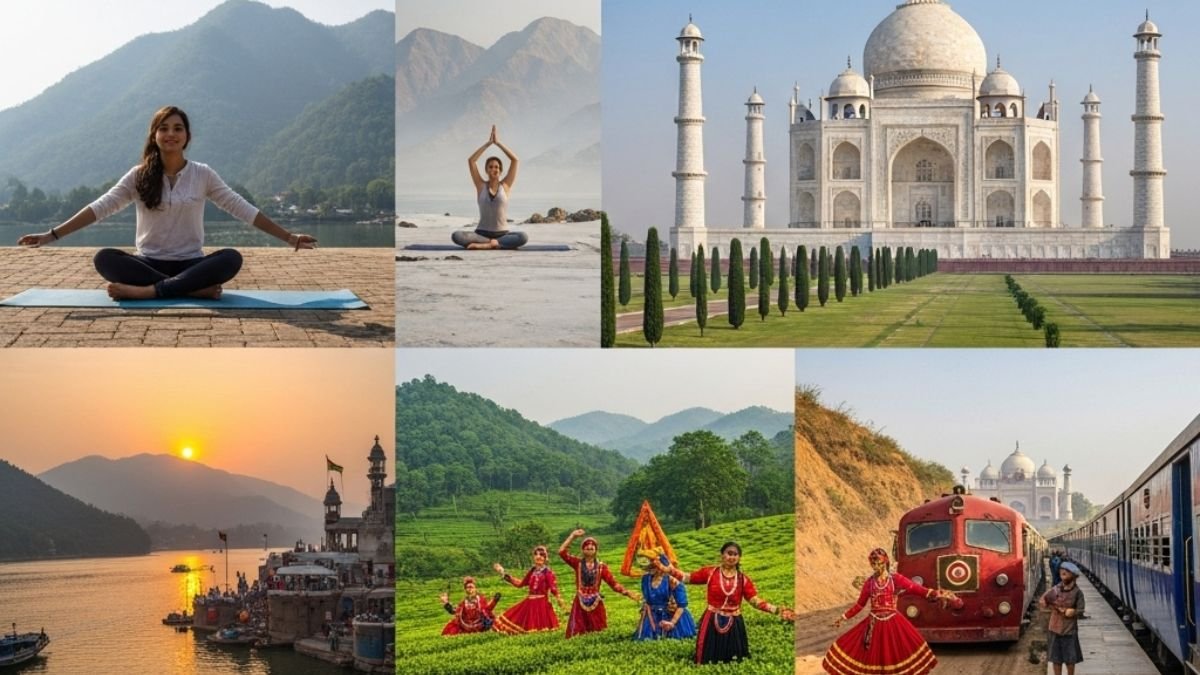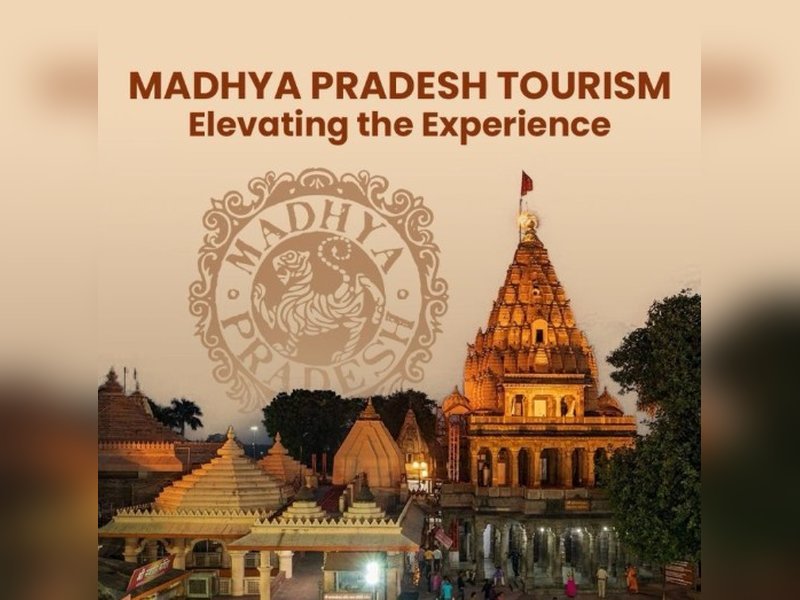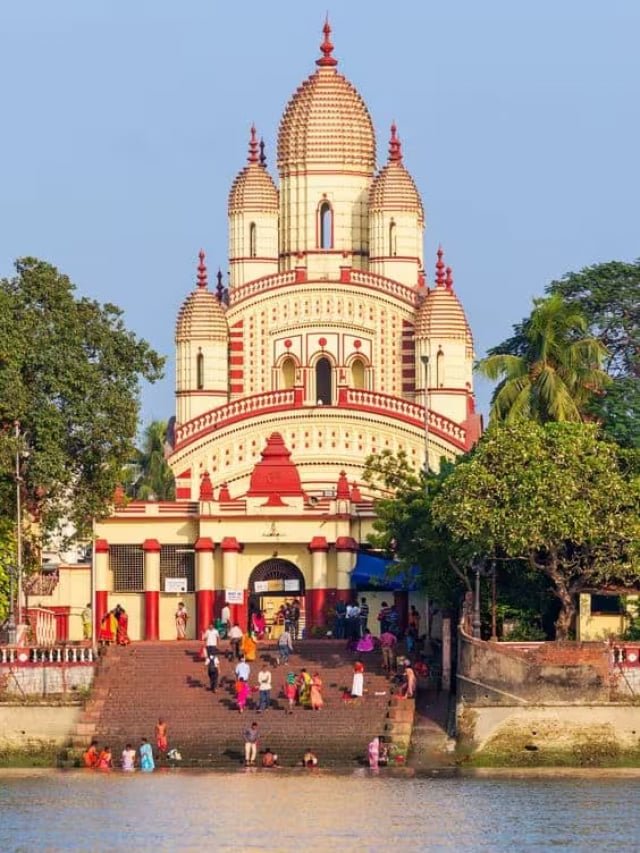The Government of India has set an ambitious target to raise the contribution of tourism to 10% of GDP by 2047, aligning with its broader goal of transforming India into a $32 trillion economy. Rich in cultural heritage, natural diversity, and spiritual wealth, India’s tourism sector is poised to become a major engine of economic growth, employment, and global influence, provided structural and strategic challenges are addressed.
Background
Currently, tourism contributes about 5–6% to India’s GDP, with the country ranking 14th globally in tourism receipts (as of 2023). India accounted for 1.8% of global tourism revenue, with projections showing a 24% Compounded Annual Growth Rate (CAGR) for the sector. The government now aims to double its share in the economy by 2047 through sustainable and inclusive development.
Significance
Tourism is a labour-intensive industry with vast potential for job creation, especially in rural and semi-urban areas. It also enhances foreign exchange earnings, supports infrastructure development, and strengthens cultural diplomacy. India’s immense spiritual, ecological, and historical diversity positions it uniquely to tap into global travel trends, including medical tourism, adventure tourism, and eco-tourism.
Types of Tourism in India
- Spiritual Tourism: India’s temples, pilgrimage towns, and religious circuits attract millions of domestic and international tourists.
- Adventure Tourism: Mountain treks in Ladakh, Sikkim, and Himalayas are popular.
- Beach Tourism: Goa, Kerala, and Andaman & Nicobar Islands remain top destinations.
- Cultural Tourism: Fairs like the Pushkar Mela and Taj Mahotsav showcase India’s rich traditions.
- Wildlife Tourism: National parks like Jim Corbett and Kaziranga attract eco-conscious travelers.
- Medical Tourism: India is emerging as a hub for affordable, high-quality healthcare under the “Heal in India” initiative.
Key Challenges
- Infrastructure Deficiencies: Poor transport and facilities in key destinations.
- Environmental Degradation: Unregulated tourism affecting ecosystems.
- Lack of Standardization: Inconsistent quality in services.
- Seasonality: Fluctuating tourist volumes across seasons.
- Marketing Gaps: Lesser-known destinations lack promotion.
- Cultural Sensitivity: Balancing tourism with heritage preservation.
Government Initiatives
- 50 Destination Challenge Mode (2025 Budget): Upgrades infrastructure and connectivity at top sites.
- Swadesh Darshan Scheme: Development of theme-based circuits with world-class amenities.
- PRASHAD Scheme: Infrastructure at pilgrimage and heritage sites.
- Medical Tourism Boost: Public-private partnerships and visa easing for health travelers.
- Atithi Devo Bhava: Training hospitality staff to improve service standards.
- Visa Reforms: e-Visa and visa fee waivers to boost international arrivals.
- Support for Sustainable Tourism: Eco-tourism, responsible travel, and green certifications.
- Employment Measures (2025–26): MUDRA loans for homestays, performance-based incentives to states, and simplified visa systems.



























You must be logged in to post a comment Login